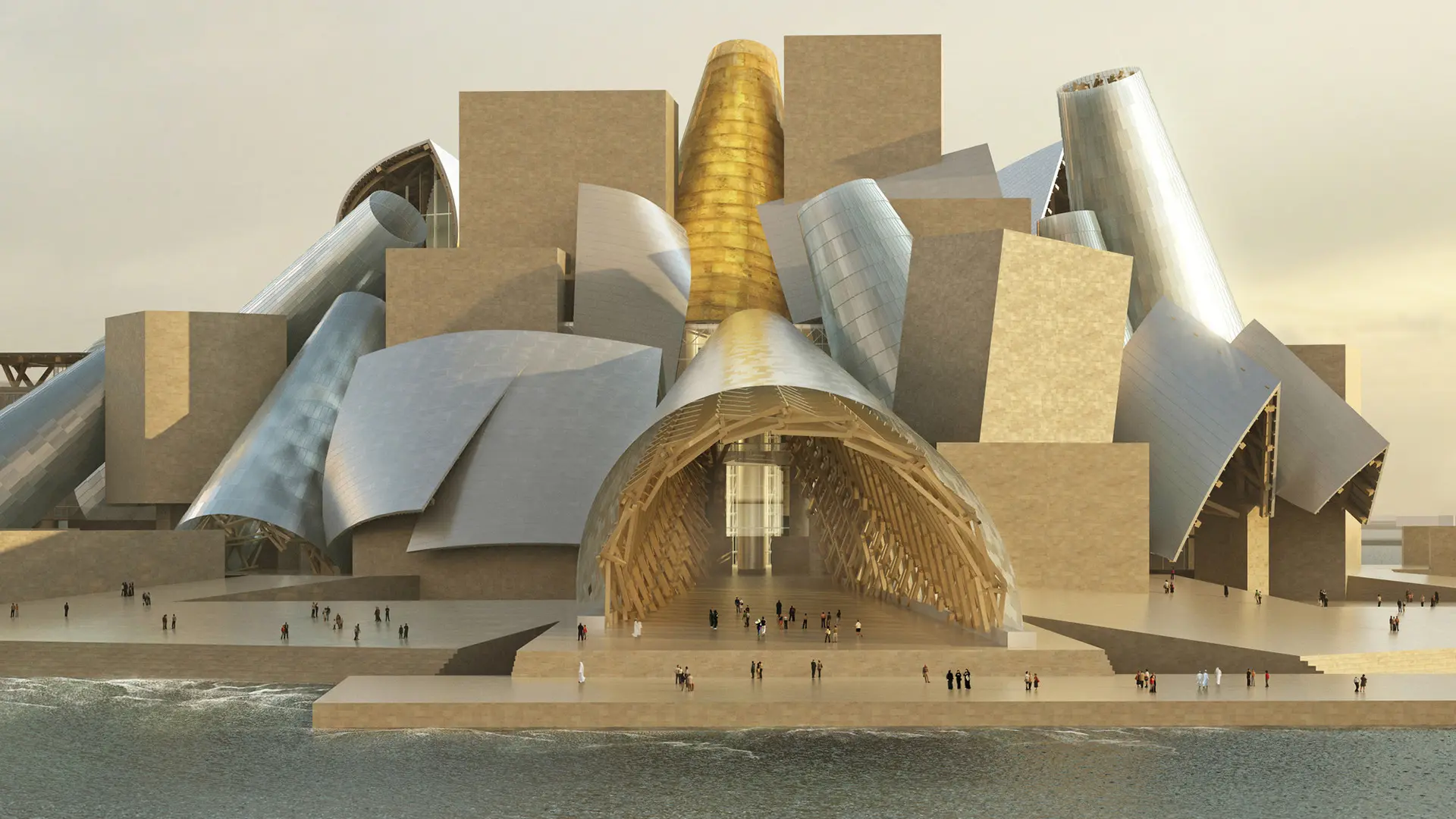From BIG to David Chipperfield, Frank Gehry to Snøhetta: a world tour of the best buildings set to open in 2026

From Ragusa to Amsterdam: a new generation of designers demonstrate that Italian design is more alive than ever.
How is Italian design changing? What are the design approaches that define our time?
While their teachings haven’t been forgotten, the era of the great “Masters” is behind us, and a new generation of designers is working with different paradigms, experimenting with unique, innovative and interdisciplinary processes and procedures. It is they who interpret the changes that the discipline is undergoing, redefining the role of the designer in society. There is no common flavour or method to our selection of authors, but as a whole they make clear the variety of potential avenues.
These are not “young designers” or “emerging designers”- they simply represent the most contemporary face of Italian design.
Giuseppe Arezzi
“My approach to design always centres on people’s lifestyles in relation to the society around them, with a powerful anthropological imprint.” Born in 1993, Giuseppe Arezzi splits his time between Milan and Ragusa and largely works on product and interior design. With his studio, Arezzi explores contemporary domestic issues, producing adaptable and replicable products that respond to practical, everyday needs. This process sparks pure objects that evoke the designer’s traditions and cultural roots.
Ilaria Bianchi
Before settling in Milan, where she now lives, Ilaria Bianchi (1989) lived and worked in Sweden, Spain and London. This variety of experiences and methods has honed a very personal perspective on design, with pieces that go over and above the functionality of simple objects. “We need stories, not things,” says the designer. Fuelled by an extensive narrative and relational background, Bianchi experiments with a variety of material and formal languages with great creative freedom.
Andrea de Chirico
The question that drives the work of Andrea de Chirico, born in Rome in 1990 but currently based in Turin, is “How would you like the objects in your daily life to be produced?” For his Superlocal project – on which he embarked at the Design Academy Eindhoven while working on his degree thesis – de Chirico produces objects that channel a “km 0” philosophy. Each product stems from careful mapping of local resources and craft skills in a given area. The designer also rethinks “banal” objects such as hairdryers and fans, which we usually buy in hypermarkets or on digital marketplaces.
Flatwig Studio
Flatwig Studio is a Milan-based design studio. Set up in London by Erica Agogliati (1989) and Francesca Avian (1989) in 2016, the studio takes a multi-pronged approach to design, specialising in interiors, furnishings and accessories, along with graphic art and creative direction. Looking to the past, studying the customs, habits and rituals of places, shapes the attitude of the Flatwig Studio as it develops projects that nevertheless embrace a contemporary ethic, look and processes.
Sara Ricciardi
“I don’t think there and be one single, catch-all definition of design. You need to find the meaning of design for yourself, nobody can escape who they are,” says Italian designer Sara Ricciardi (1989). She makes products for agencies, one-off pieces for galleries, interior designs, immersive installations, performances and projects with a social background. All her work stems from the need to tell a story: the form follows the message. In her studio in South Milan, the designer likes to immerse herself in a chaotic environment, packed with materials, sensory stimuli, personal memories and bizarre objects. Working from her various inspirations, she loves acting instinctively and experimenting with new forms and compositions to come up with unique objects and environments.
Giulia Soldati
Giulia Soldati, an Italian designer born in 1990 and based in Amsterdam, uses design as a tool for research around the act of eating. Her work is inspired by a range of culinary traditions, with particular focus on the cultural and social connotations of food, utensils and behaviours around the table. For Soldati, food means sharing, experimenting and a connection with the earth in particular. Meals are motives for interface, conversation and comparison between different cultures.
Tellurico
Tellurico is the name of the studio helmed by Francesco Pace (1985), distinguished by a multidisciplinary approach specialising in the design of objects, spaces and installations. The context that has spawned a particular project is always a determining factor for Tellurico. The studio’s work weaves together historic, geological and social factors, as well as those unique, simple elements that define everyday life. Although currently based in Eindhoven, the studio declaims its founder’s Campanian origins: the name Tellurico is in fact a homage to Vesuvius and to its activity.
Tipstudio
Tipstudio is a creative Florence-based duo, made up of Imma Matera (1990), designer, and Tommaso Lucarini (1995), maker. Imma and Tommaso love “designing stories, places and craft and design things.” Their work sets up a unique dialogue between art, design and craftsmanship, with huge care taken over practical processes and every tiny detail. Tipstudio projects are bound up with the roots of particular areas, channelling a personal and poetic vision. The designers believe in the narrative and emotive power of objects.


 Stories
Stories
















